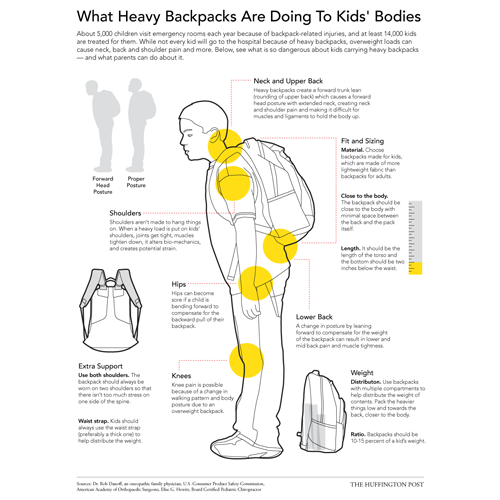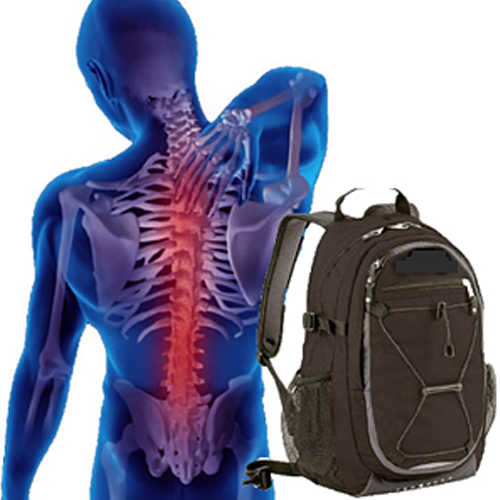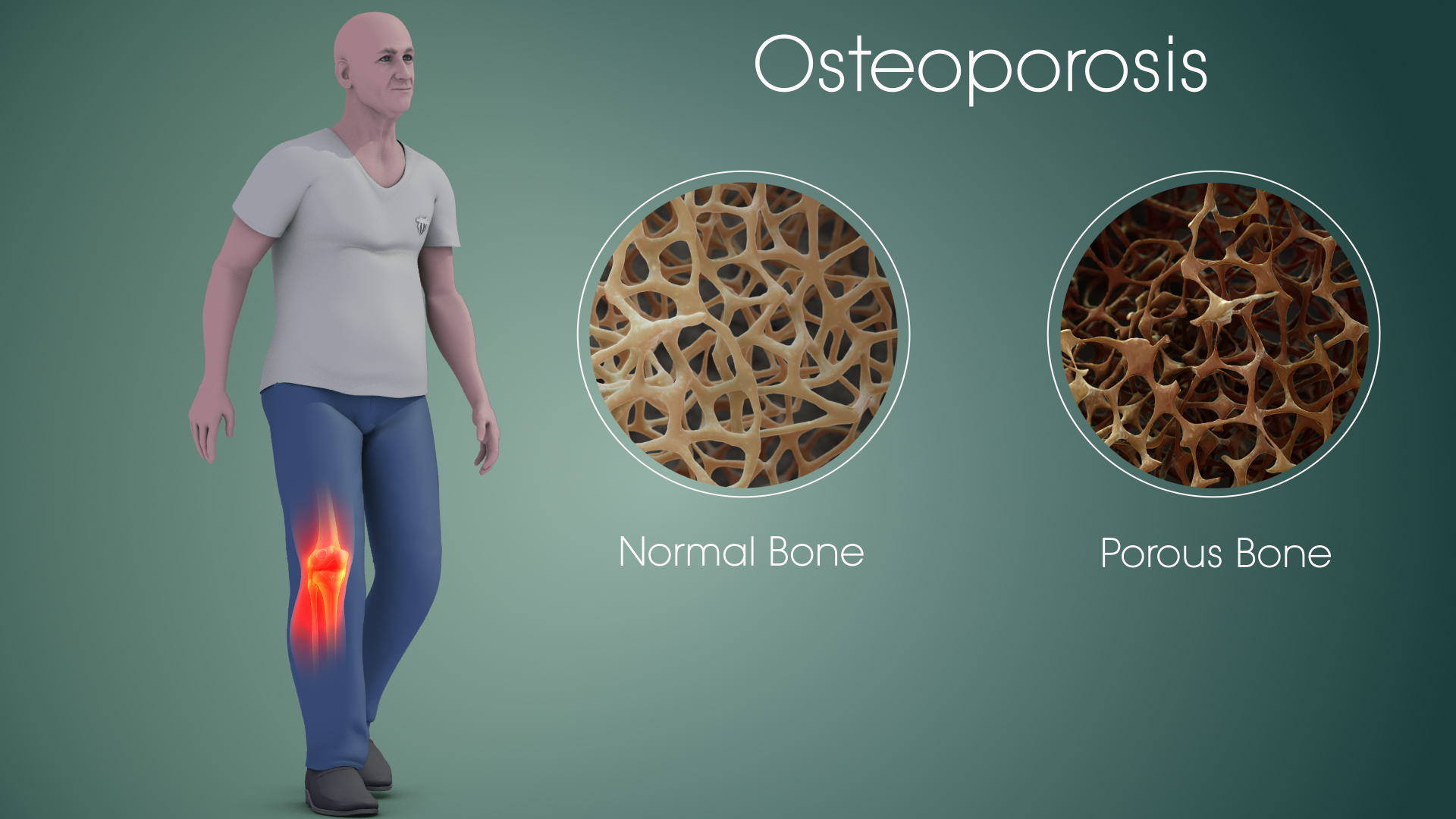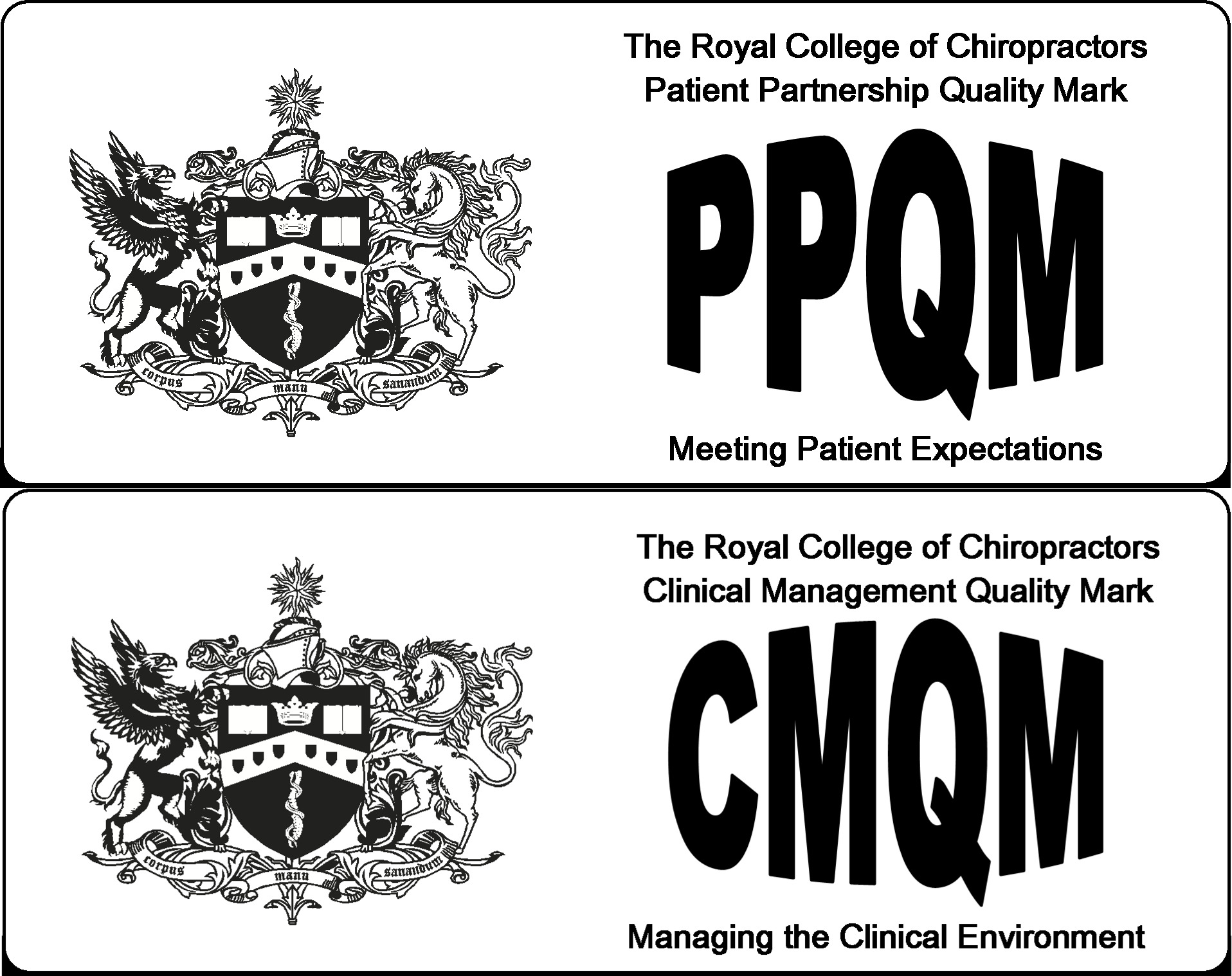BACK TO SCHOOL
With the new school term having recently started have you considered the daily stresses and strains that your child is exposed to that can lead to back problems?
From the bag they carry to the shoes they wear and the amount of time spent at a computer at home and at school, children are frequently putting strain on their posture.
- Make sure your child’s backpack never weighs more than 5-10% of their body weight. A heavier bag will cause your child to bend forward in attempt to support the weight on their back rather than on their shoulders by the straps.
- The backpack should never hang more than a few inches below the waistline. A backpack that hangs too low increases the weight on the shoulders, causing your child to lean forward when walking.
- A backpack with individualised compartments helps in positioning the contents most effectively. Make sure that pointy or bulky objects are packed away from the area that will rest on your child’s back.
- Urge your child to wear both shoulder straps. Lugging the backpack around by one strap can cause the disproportionate shift of weight to one side and can lead to neck or back pain.
- The shoulder straps should be adjustable so the backpack can be fitted to your child’s body. Straps that are too loose can cause the backpack to dangle uncomfortably and lead to back pain.
- Wide, padded straps are very important. Non-padded straps are uncomfortable and can dig in to your child’s shoulders.
- Bigger is not necessarily better. The more room there is, the more your child will carry – and the heavier the backpack will be.
- Make sure your child is not carrying any unnecessary weight – check that all the items in their bag are essential.
- If the backpack is still too heavy, talk to your child’s teacher. Ask if your child could leave the heaviest books at school and bring home only lighter hand-out material or workbooks.


A healthy child’s body is very resilient but just like in adults sometimes day to day activities can begin to take their toll.
The majority of school children today now use computers both at home and at school. Due to increased usage due to homework and social networking sites chiropractors are treating more young patients suffering from the effects of working at computer stations that are either designed for adults or poorly designed for children.

Experience the Benefits of Chiropractic Care Today
Laptops are becoming increasingly popular and encourage the user often sit in the wrong position or even lie on the floor which do not help maintain a proper functioning spine!
Repetitive or prolonged postures while watching television or playing computer games can impact on the developing spine and should be monitored closely.
Remaining in car seats for extended periods of time, or sleeping in a car seat with inadequate support of the spine and neck along with sporting activities and falls and bumps are all minor stresses and strains that can add up to pain.





